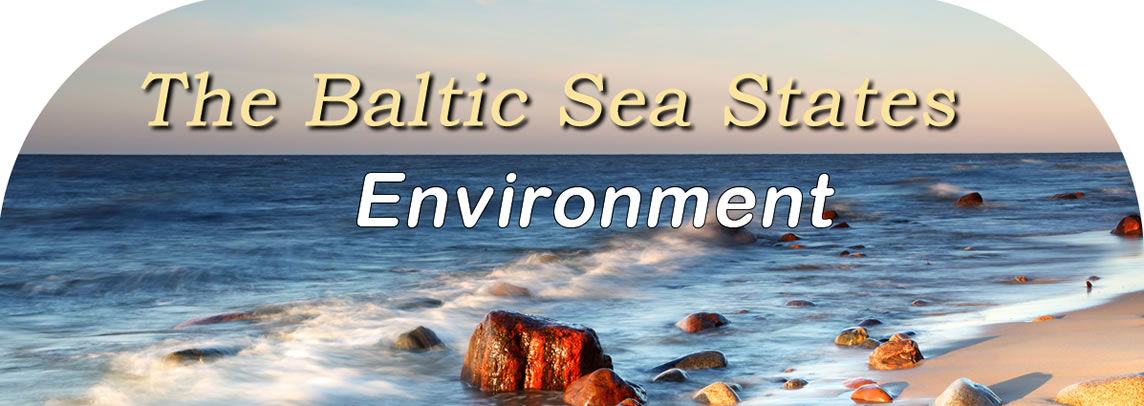
Environmental issues in
Finland
Finland is located in the
northern most part of Europe, positioned between Russia and Sweden.
Nearly a quarter of its land mass lies above the Arctic Circle.
Before WWII, Finland’s main resources were agriculture and forestry.
These made up nearly 50% of the nation’s work force. By 1980, this
had been diminished to about 10%. After the war, almost half of the
population started migrating from farms to urban areas in order to
find employment. It is known in Finland as the “Great Migration.”
This lead to a housing boom, but in addition, a problem with air and
water pollution.
Many rivers and groundwater in Finland have been polluted due to
fertilizer from the agriculture industry and wood-processing plants.
In the 1980s, sulfur and nitrogen emissions were higher in Finland
than in other European countries. With the Nature Conservation Act
of 1923, nature preserves could be established as needed and various
laws were passed concerning purity of water, pesticide control and
waste management.
In 1983, in a further effort to protect the environment, the
Ministry of Environment was formed which established departments
concerned specifically with conservation of the environment, nature
and housing. About 75% of all residences had been built since WWII.
By the end of the 1990s, the government planned to restore 60,000
buildings each year. The housing boom had started.
However, by 1988, it was determined that due to lack of expertise
and uninformed government officials, Finland still lacked a
satisfactory environmental plan. Today, however, Finland is known
for its environmental improvements. With technological advancements
in monitoring and measuring pollutants in water and air, Finland’s
Ministry of Environment has turned things around.
In recent years, laws have been passed to regulate emissions from
industrial plants in order to improve air quality. Rivers and lakes
have been cleared up. Steps have been taken, in conjunction with
other bordering countries along the Baltic Sea to protect it as
well. Legislation has been passed to protect Finland’s ecosystems.
There are still improvements to be made to protect Finland’s natural
environment. Although 80% of the area’s waterways are considered
excellent or of good quality, water near industries is often shallow
and susceptible to pollution. Eutrophication is a vast buildup of
nutrients that support a huge growth of algae and other organisms.
When this starts to decay, it drains water of oxygen. This is a
problem with many of the shallow inland waterways in Finland.

© Baltic21.org
2013, All Rights Reserved |

